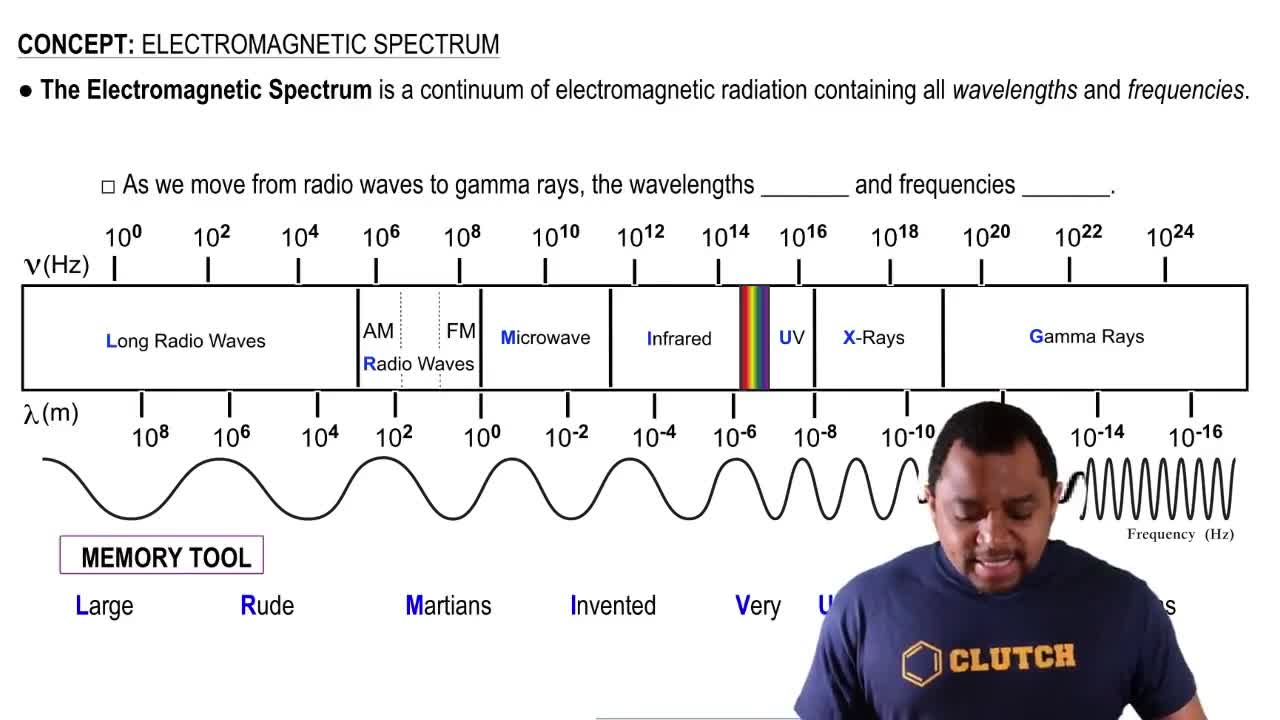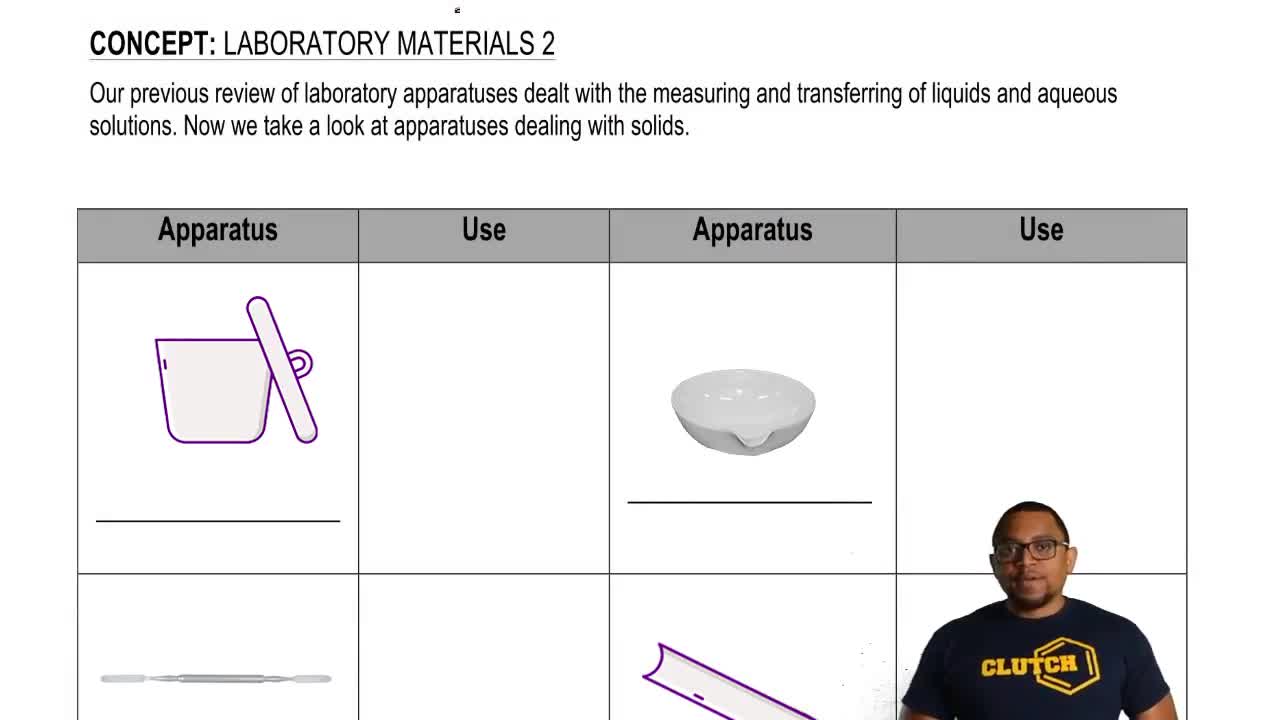Here are the essential concepts you must grasp in order to answer the question correctly.
Solar Spectrum Absorption
The solar spectrum encompasses all wavelengths of light emitted by the sun, ranging from ultraviolet to infrared. Different materials have varying abilities to absorb these wavelengths, which is crucial for their effectiveness in solar energy applications. Understanding how a material interacts with the solar spectrum helps determine its efficiency in converting sunlight into electricity.
Recommended video:
Band Gap Energy
Band gap energy is the energy difference between the valence band and the conduction band in a semiconductor. It determines the wavelengths of light that a material can absorb; materials with a smaller band gap can absorb lower-energy (longer wavelength) light. Cadmium telluride (CdTe) has a band gap of about 1.5 eV, which allows it to effectively absorb a significant portion of the solar spectrum compared to silicon.
Recommended video:
Intepreting the Band of Stability
Comparison of Semiconductor Materials
When comparing semiconductor materials like cadmium telluride (CdTe) and silicon, it is essential to consider their absorption coefficients and band gap energies. CdTe is known for its high absorption efficiency, meaning it can absorb more sunlight in a thinner layer compared to silicon. This characteristic makes CdTe a favorable choice for solar cells, especially in applications where material thickness and weight are critical.
Recommended video:
 Verified step by step guidance
Verified step by step guidance


